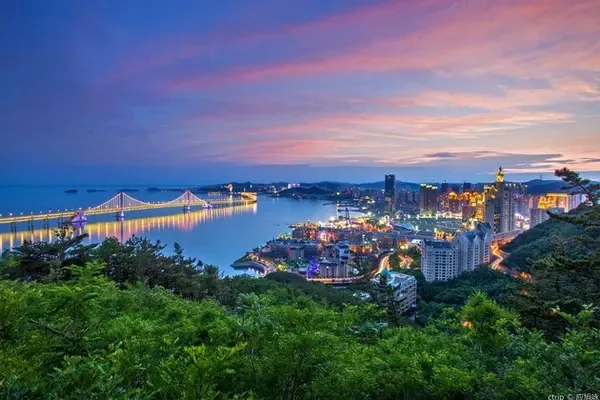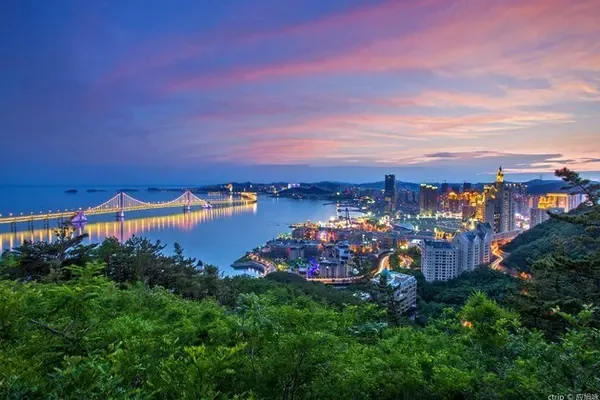I know Helan Mountain from the words of Yue Fei, a famous general in the Southern Song Dynasty.

"Full River Red · Raging Crown" Yue Fei
Angry, leaning on the railing, the rain breaks down. Lift our sight, the sky and shouts, grand, vehement. Thirty fame and dust, eight thousand miles of road, cloud and moon. Don't wait, the boy's head is white, empty and sad!
The shame of Jingkang has not yet been snowed out; when will the hatred of courtiers be wiped out. Drive a long car and step through the gap in Helan Mountain. The aspirations eat the meat of the Hulu hungry, and laugh and talk about drinking the blood of the Huns when they are thirsty. Be from scratch, clean up the old mountains and rivers, overturned Que!

Yue Fei's poems are written with lofty sentiments and are widely praised!
Today, I also came to Helan Mountain.

Helan Mountain, Helan Mountain is located at the junction of Ningxia Hui Autonomous Region and Inner Mongolia Autonomous Region. The mountains are majestic, like galloping horses. There is a saying that horses are called "Helan" in Mongolian, hence the name Helan Mountain.

Helan Mountain is 220 kilometers long from north to south and 20-40 kilometers wide from east to west. The mountains in the southern section are gentle and flat, and the mountains in the northern section north of Sanguankou are higher, with an altitude of 2000-3000 meters. The main peak, Aobao Gelong, also known as Helan Mountain, is 3,556 meters above sea level and is the highest peak in Ningxia and Inner Mongolia. The Helan Mountains run nearly north-south. The east side of the mountain is majestic and majestic, with overlapping peaks and steep valleys. Overlooking the Yellow River Hetao and the Ordos Plateau to the east. The terrain on the west side of the mountain is gentle and submerged into the Alxa Plateau.

Watch Helan Mountain in the area of Rolling Bell Mouth in Yinchuan.


Hug Helan Mountain.

Helan Mountain is an important natural and geographical dividing line in my country, and has made great contributions to the development of the Yinchuan Plain into the "South of the Great Wall". It is not only the watershed between the outflow area and the inflow area of rivers in my country, but also the dividing line between monsoon climate and non-monsoon climate. The blocking of the mountains not only weakens the eastward attack of the northwest alpine airflow, prevents the humid southeast monsoon from moving westward, but also restrains the eastward movement of the Tengger Desert. The climate difference between the east and west sides is quite large. Helan Mountain is also the dividing line between grassland and desert in my country. The east is a semi-agricultural and semi-pastoral area, and the west is a pure pastoral area.

Among the various mountains in China, none is in a state of being in charge of war almost all the time like Helan Mountain, especially in repeated struggles and battles with the Huns.

The strange thing is, I knew from a young age that the enemy of Yue Fei and his family's army was Jin Wushu.
Jin Wushu refers to the nomadic Jurchens who came from the northeast grasslands. It is the Kingdom of Jin and is in Jilin; but the poem refers to the Xiongnu in the northwest and is in Ningxia. What is going on?

For this reason, I specifically checked the information. One theory is that because Helan Mountain has been the base of nomads since ancient times, it was used by Yue Fei to refer to the base camp of the Jurchens.
Another theory is that the poem "Manjianghong" was not written by Yue Fei. What a mess. Anyway, He Lanshan, I know it from this poem!

Looking at Helan Mountain from the direction of Xixia Mausoleum No. 3.


Mausoleum and Helan Mountain.






Looking at Helan Mountain from the direction of No. 1 and No. 2 Xixia Mausoleums.




Feeling a little desolate!






He Lanshan, I finally saw your true face!

Although Yue Fei has never been to Helan Mountain, the artistic conception of the words has stayed in my heart for decades!

Drive a long car and step through the gap in Helan Mountain.
Hahaha!


















![[Ningxia Travel] Experience the art gallery of nomads together - Helan Mountain rock paintings](https://www.anyonetrip.com/uploads/202302/04/25b7004b6ad70442.webp)
